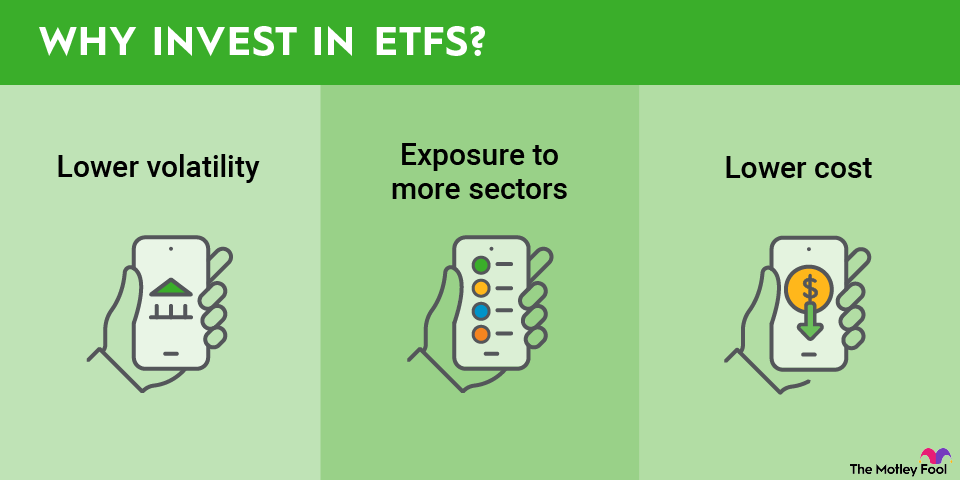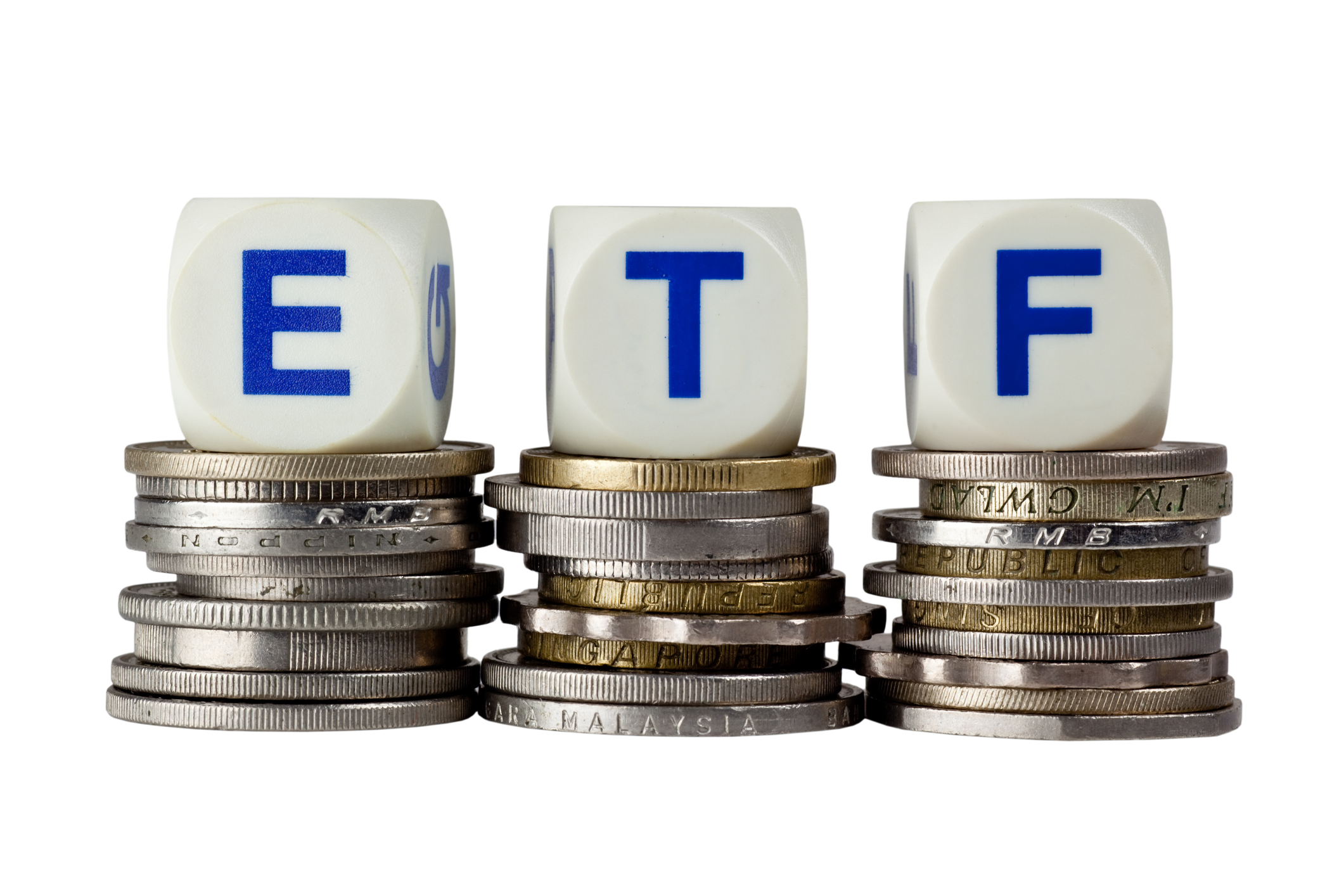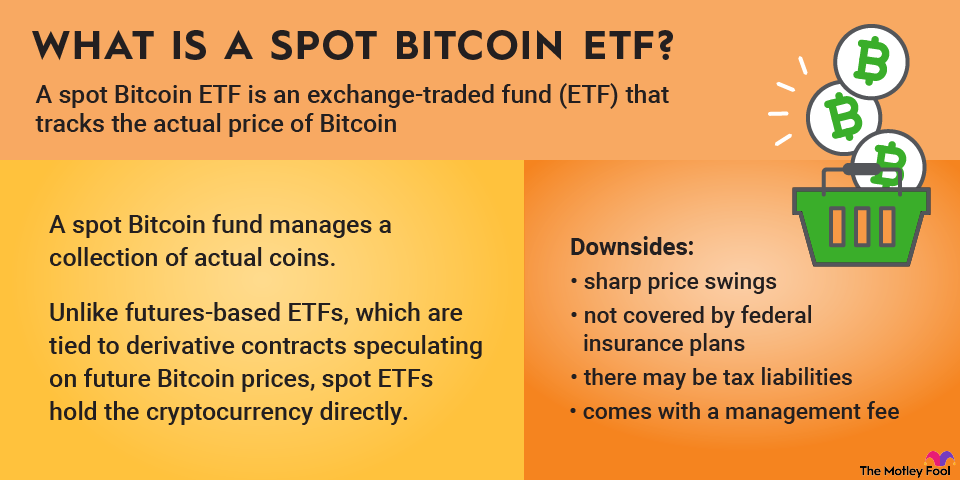The Vanguard Growth ETF (VUG +0.96%) is one of the most popular exchange-traded funds (ETFs) on the stock market and one of the best choices out there for growth stock investors. The fund has more than $342 billion in net assets, making it one of the world's largest ETFs, and it has a track record of outperforming the S&P 500, something most professional fund managers don't do in a typical year.

NYSEMKT: VUG
Key Data Points
The fund owns many of the top growth stocks in the S&P 500, but there are important differences between the Vanguard Fund ETF and the broad-market index. In this look at the Vanguard Growth ETF, we'll examine how to buy it, whether you should invest in it, whether it pays a dividend, its expense ratio, and its historical performance. Keep reading to learn more.
Exchange-Traded Fund (ETF)
What is the Vanguard Growth ETF (VUG)?
The Vanguard Growth Fund ETF included 160 growth stocks as of late 2025, tracking the CRSP US Large Cap Growth Index. More than half of the ETF's value comes from the tech sector, which represents 66.8% of the fund.
That's not surprising, considering the largest stocks on the stock market hail from the tech sector. The next-largest sector is the consumer discretionary sector, aka the retail sector, which makes up only 8% of this growth ETF. No other sector represents more than 5% of it.
How to buy the Vanguard Growth ETF (VUG)
The process for buying this ETF isn't much different from buying a stock or any other ETF, and it's easier than buying a . Let's review the process step by step.
- Open your brokerage account: Log in to your brokerage account where you handle your investments.
- Search for the stock: Enter the ticker or company name into the search bar to bring up the stock's trading page.
- Decide how many shares to buy: Consider your investment goals and how much of your portfolio you want to allocate to this stock.
- Select order type: Choose between a market order to buy at the current price or a limit order to specify the maximum price you're willing to pay.
- Submit your order: Confirm the details and submit your buy order.
- Review your purchase: Check your portfolio to ensure your order was filled as expected and adjust your investment strategy accordingly.
Holdings of the Vanguard Growth Index ETF (VUG)
This Vanguard ETF has about 160 stocks. Its largest holdings are similar to that of the S&P 500. Among its top holdings:
- Nvidia (NVDA +2.25%): Chipmaker leading the artificial intelligence (AI) revolution
- Microsoft (MSFT +0.56%): The enterprise software giant
- Apple (AAPL +1.25%): The consumer electronics leader
- Amazon (AMZN +1.41%): Leader in e-commerce and cloud computing
- Broadcom (AVGO +2.86%): A diversified semiconductor and software company
- Meta Platforms (META +0.64%): Owner of Facebook and Instagram
- Alphabet(GOOGL +2.70%): Leader in search and parent of YouTube and Google Cloud
- Tesla (TSLA -3.36%): Leading electric vehicle (EV) maker
- Alphabet Inc (GOOG +2.70%): Leader in search and parent of YouTube and Google Cloud
Should I invest in the Vanguard Growth ETF (VUG)?
Investing in the Vanguard Growth ETF is a sensible move for almost any investor who wants exposure to growth stocks and diversification. The Vanguard Growth ETF has a very low expense ratio and a track record of beating the S&P 500.
Expense Ratio
While an investor could allocate a large chunk of their portfolio to this ETF, they could also just purchase a small piece to get some exposure to large-cap growth stocks. The only reasons you might not want to buy this ETF are that you don't want exposure to growth stocks or you're the kind of investor who dislikes the lack of control inherent in ETFs.
Does the Vanguard Growth ETF (VUG) pay a dividend?
The Vanguard Growth ETF pays a dividend because some of its holdings pay dividends. However, the dividend yield is relatively modest, as you might expect for an ETF focused on growth stocks. Currently, the Vanguard Growth ETF offers a dividend yield of 0.44%.
What is the Vanguard Growth ETF (VUG)'s expense ratio?
Not only is this Vanguard ETF one of the best ETFs to get exposure to a broad range of growth stocks, but it's also one of the cheapest ETFs out there in terms of management costs.
Investors pay an expense ratio of 0.04% to own the stock, meaning it costs just $0.04 a year for every $100 of the ETF they own. If you held $10,000 in this ETF, you would pay Vanguard an annual fee of $4 to manage the fund.
Historical performance of the Vanguard Growth ETF (VUG)
Over the last decade, this growth ETF has been a steady, strong performer. Growth stocks tend to be more volatile than the overall stock market, but this Vanguard ETF has outperformed the S&P 500 over almost any period in the last decade, as the chart below shows. You can also view its performance over various timeframes in the last decade.
Period | Performance | S&P 500 |
|---|---|---|
1 year | 25.52% | 14.72% |
3 years | 31.60% | 23.02% |
5 years | 16.72% | 13.88% |
10 years | 17.98% | 12.67% |

As you can see, this Vanguard ETF has steadily outperformed the S&P 500, though it tends to be more volatile than the broad market index and is likely to underperform it in a bear market. Growth stocks tend to do better in bull markets but fall further in bear markets.
Related investing topics
The bottom line on Vanguard Growth ETF (VUG)
Overall, the Vanguard Growth ETF is an excellent choice for long-term investors who want exposure to growth stocks and the diversification that an ETF offers. It has a track record of outperforming the S&P 500 and offers one of the lowest expense ratios you'll find among ETFs. Better yet, there are no major drawbacks to investing in this Vanguard growth-focused ETF.












